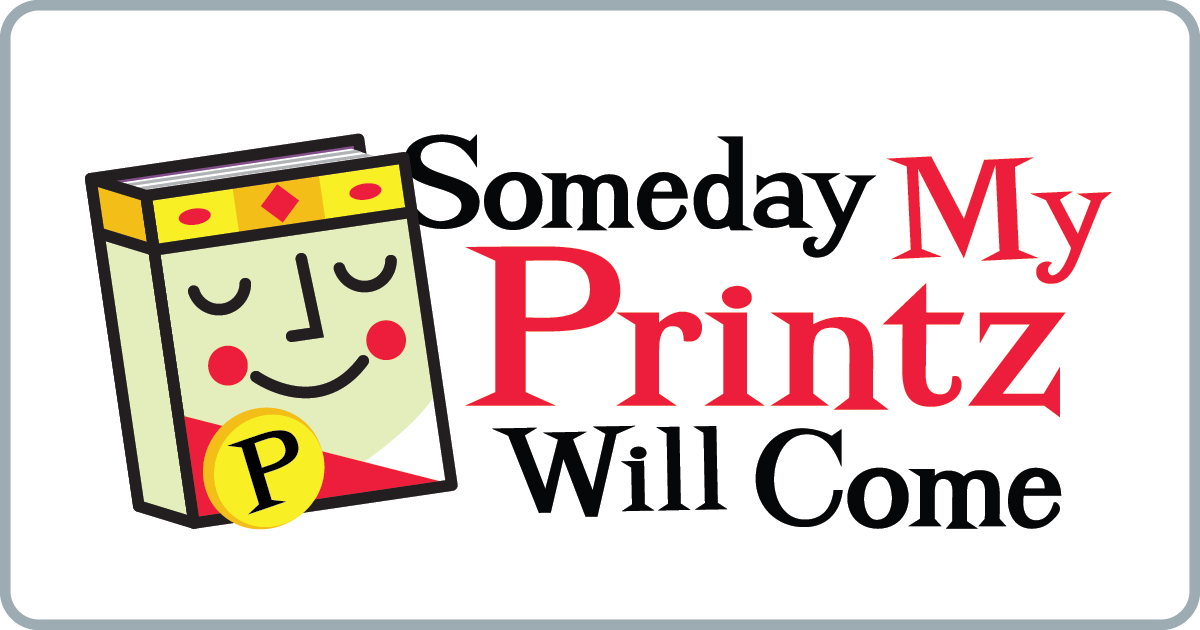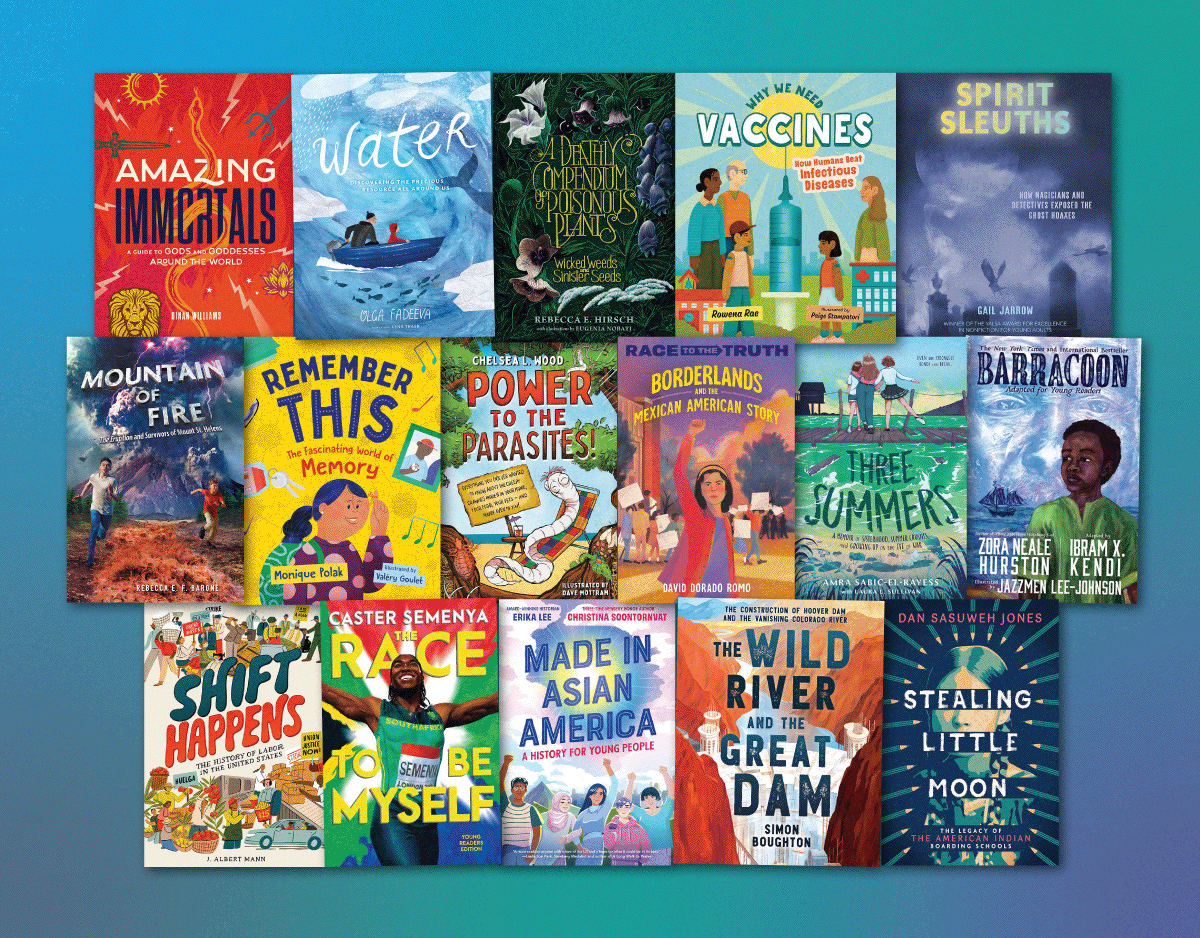SCROLL DOWN TO READ THE POST
Nonfiction Round Up
 OK, this was supposed to be a nonfiction roundup, and it sort of still is, because I am going to talk about a few titles. However it also sort of isn’t because I definitely have one title that I want to focus on. I’m also slightly skipping around in time (through the magic of this blog post and not actually a time machine, or anything) — but in order to fit this all in, I’m writing about two titles from the fall with a mid-year title. Obviously we can focus on any title in the comments — but I’ve got a rave coming on and I wanted to warn you all about that from the start.
OK, this was supposed to be a nonfiction roundup, and it sort of still is, because I am going to talk about a few titles. However it also sort of isn’t because I definitely have one title that I want to focus on. I’m also slightly skipping around in time (through the magic of this blog post and not actually a time machine, or anything) — but in order to fit this all in, I’m writing about two titles from the fall with a mid-year title. Obviously we can focus on any title in the comments — but I’ve got a rave coming on and I wanted to warn you all about that from the start.
Blood Brother: Jonathan Daniels and His Sacrifice for Civil Rights by Rich Wallace and Sandra Neil Wallace
September 2016, Calkins Creek
Reviewed from a final copy
This is a beautifully designed title — it includes a lot of primary source material and makes the most of it: pictures, letters, other ephemera are all included and shown off to best effect. By focusing on one small part of the civil rights era, we get a strong sense of both Daniels’s personality and the larger time period as a whole. With two starred reviews, this is (I’m sure) a title that RealCommittee is taking a look at. It bridges the personal and the political really well, it’s beautiful to look at, and it covers a figure that hasn’t had a ton of attention (particularly in the kids/teen market). Blood Brother doesn’t shy away from the brutality that civil rights activists faced, and it speaks effectively to readers who want examples of how to speak truth to power. How far will it go at the table? My official prediction is that I think other, stronger titles will stay longer in the conversation. But maybe you want to disagree in the comments.
ADVERTISEMENT
ADVERTISEMENT
Uprooted: The Japanese American Experience during World War II by Albert Marrin
October 2016, Knopf
Reviewed from an ARC
I had great love for Marrin’s A Volcano Beneath the Snow a few years ago. In some ways, history is repeating itself here: four stars again; strong reviews again; beautiful backmatter again; and two year-end lists this year. This title elegantly ties the racism woven throughout US history to FDR’s decision to create the WRA. This is a strong title, and again, I think RealCommittee will be taking a close look at it. Marrin’s conclusion makes the past-and-present connections explicit and inarguable. The seamless integration of research combined with the many real-life stories included make this a title that could go a long way at the table, and I wouldn’t be sorry to see this one get a medal at the end of the year. This title is solid, it’s straightforward, it’s impeccable research that’s well-integrated into the text. But it may not be quite strong enough to build a consensus around; in some ways it feels a bit staid. There are some strong nonfiction contenders this year, and they might muscle their way to the front.
March, Vol 3 by John Lewis, Andrew Aydin, and Nate Powell
August 2016, Top Shelf
Reviewed from a final copy
All right, is it any surprise that this is my rave here? Five starred reviews. The NBA winner. A finalist in the Excellence in Nonfiction award. Five year-end lists. This is a title that is getting ALL THE LOVE. Happily, I have more love to give here. Like Blood Brother, this is the personal as political — a way of understanding the US through the lives of the people who have lived here, who have acted here, who have shaped our events and our laws. Like Uprooted, this is an examination of the way our white supremacist history has shaped our present-day, though it’s less explicit within the text on this; it allows readers to draw their own parallels to today. This third volume is significantly longer than the first two, allowing a great many details to be included.
If we think of this as a movie, we can see that there are major “set pieces” that pull the story along — the start with the bombing of the Sixteenth Street Baptist Church, the Freedom Summer activities, the 1964 Democratic Convention, the March to Selma. All of this history is bracketed by President Obama’s inauguration day. The writing is strong — a mix of speeches from the historical record, reminiscences from John Lewis, everything tied together by a not-united but still righteous movement. The decisions about what to include (and what level of detail) must have been difficult; Lewis was around for so many of the big conversations. The only thing that might indicate that this is volume 3 is that Lewis rarely provides a lot of background details for the various organizations involved in protesting. Readers have to draw their own conclusions about who made up the organizations and what their goals might have been. (I think he does spell out COFO, which was helpful, the rest is up to the reader to find out or figure out from the story. There are enough clues for most — I think.)
This is a self-contained story, despite being volume 3; it has a beginning, a middle, and an end. It’s compelling, it’s personal and immediate — and it’s also totally epic. It’s fascinating to see the civil rights movement make real headway with the federal government — while SNCC starts to fray. Lewis’s personal story is the lens through which we see the Civil Rights Movement, providing texture and a consistent perspective.
I’m going to have to focus on the art for a little while. Powell makes great use of black and white; it’s dynamic, passionate, art — pictures with depth, with emotion, with movement. It’s easy to forget that it’s done in black and white, in fact; it’s that immediate and gripping. Powell moves easily between tight close ups, capturing precise emotions on individuals, to sweeping crowd shots, giving a sense of the number of people and the stakes involved. What stood out on my first read was the way that Powell showed technology showing the actions — reporters’ cameras clicking way at the various protests, capturing the bravery of the protestors and violence of the white people. Then, the way he worked the various television reports in to the story — Fannie Lou Hamer’s testimony is showed to readers as if we are both in the room with her at the convention and as if we were watching her on television. As readers, we are moved between being a participant and being a witness to this history, implicitly asking us where we stand, with whom we stand. It also allows the text to show the role that technology played in the movement’s success without providing explicit commentary within the text.
Will RealCommittee honor this one? With all the accolades it’s gotten, it could be possible that they have an easier time coming to consensus on other, also deserving, titles. But if I were at that table, I’d be arguing hard for this title. It’s dynamic, it’s passionate, it’s deeply relevant, it’s honest, it’s compelling, and it’s superbly done.
Filed under: Books to look for, Contenders, Nonfiction
About Sarah Couri
Sarah Couri is a librarian at Grace Church School's High School Division, and has served on a number of YALSA committees, including Quick Picks, Great Graphic Novels, and (most pertinently!) the 2011 Printz Committee. Her opinions do not reflect the attitudes or opinions of SLJ, GCS, YALSA, or any other institutions with which she is affiliated. Find her on Twitter @scouri or e-mail her at scouri35 at gmail dot com.
ADVERTISEMENT
SLJ Blog Network
One Star Review, Guess Who? (#211)
Free Piano (Not Haunted): A Cover Reveal and Q&A with Whitney Gardner
Kevin McCloskey on ‘Lefty’ | Review and Drawn Response
Notable NON-Newbery Winners: Waiting for Gold?
Take Five: Newbery Picks, Part Two
The Classroom Bookshelf is Moving
Gayle Forman Visits The Yarn!
ADVERTISEMENT
ADVERTISEMENT







